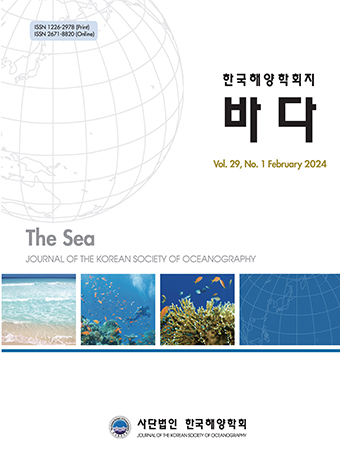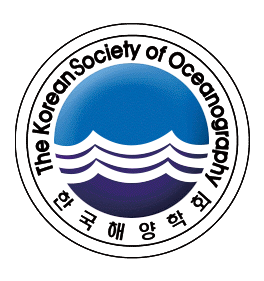Review (Special Issue)
Abstract
References
Information
- Publisher :The Korean Society of Oceanography
- Publisher(Ko) :한국해양학회
- Journal Title :The Sea Journal of the Korean Society of Oceanography
- Journal Title(Ko) :한국해양학회지 바다
- Volume : 26
- No :3
- Pages :238-247
- Received Date : 2021-06-20
- Revised Date : 2021-08-24
- Accepted Date : 2021-08-25
- DOI :https://doi.org/10.7850/jkso.2021.26.3.238




 The Sea Journal of the Korean Society of Oceanography
The Sea Journal of the Korean Society of Oceanography








